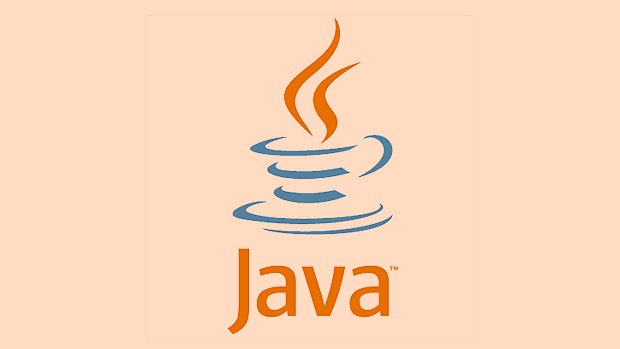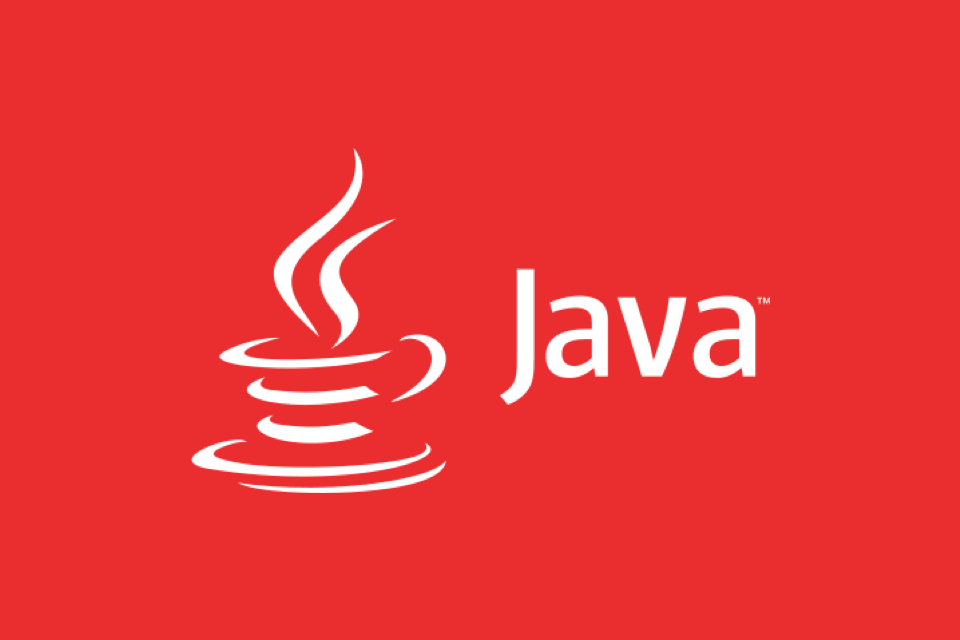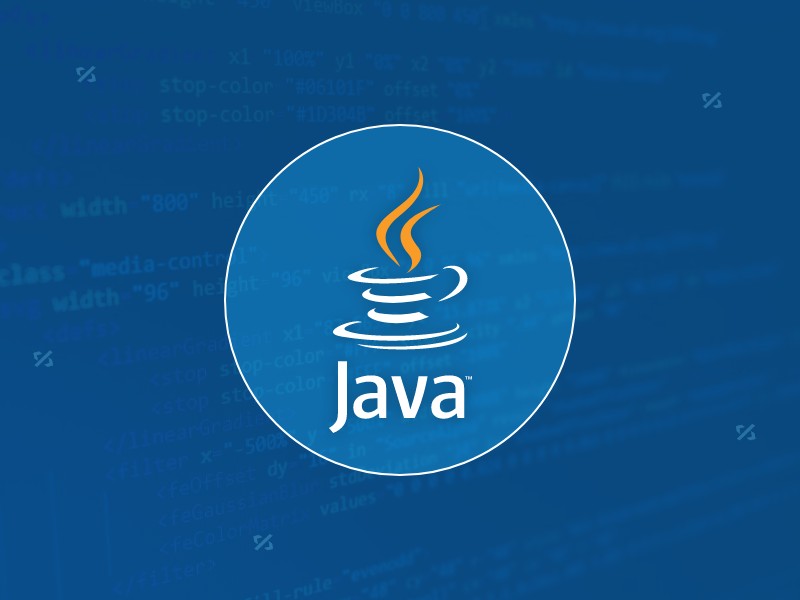How to handle exceptions properly in Java?
Jul 06, 2025 am 02:43 AMThe key to handling exceptions in Java is to get it right, handle it clearly, and not cover up the problem. First, we must catch specific exception types as needed, avoid general catches, and prioritize checked exceptions. Runtime exceptions should be judged in advance; second, we must use the log framework to record exceptions, and retry, rollback or throw based on the type; third, we must use the finally block to release resources, and recommend try-with-resources; fourth, we must reasonably define custom exceptions, inherit RuntimeException or Exception, and carry context information for easy debugging.

The key to handling exceptions in Java is to "acquire, handle clearly, and not cover up problems." Many people just try-catch when writing code, but really making good use of the exception mechanism can make your program more robust and easier to troubleshoot problems.

The following is based on several actual usage scenarios and talk about how to correctly handle exceptions in Java.

Identify the exception type, don't catch it in general
The exception system of Java is clearly divided, including checked exception and unchecked exception. Many newbies will write directly:
try {
// some code
} catch (Exception e) {
e.printStackTrace();
} The problem with this approach is that you don't know what's wrong, and you may also swallow some serious errors (such as OutOfMemoryError ).

? Suggestions :
- Catch specific exception types on demand, such as
IOException,SQLException, etc. - For runtime exceptions (such as
NullPointerException), try to make judgments in advance instead of relying on catch. - If you really need a guarantee, you can add a general catch at the end, but log the log and process it appropriately.
Example:
try {
// Read file} catch (FileNotFoundException e) {
logger.warn("The file does not exist, please check the path");
} catch (IOException e) {
logger.error("Error reading file", e);
}Exceptions need to be handled, not "printed"
Many people only call e.printStackTrace() after writing catch block, thinking that exception handling will be completed. In fact, this is just outputting the standard error stream, which is almost useless for online systems.
? Suggestions :
- Use log frameworks (such as Log4j, SLF4J) to record exception information to facilitate subsequent troubleshooting.
- Decide whether to retry, rollback or notify the upper layer based on the exception type.
- If it is currently unavailable, it should be thrown or encapsulated and thrown, allowing the caller to handle it.
Example:
try {
// Database operation} catch (SQLException e) {
logger.error("Database operation failed", e);
throw new MyCustomException("DB error occurred", e);
}Don't ignore the role of finally
The finally block is used to perform cleanup work, such as closing resources, releasing locks, etc. Even if there is a return or an exception is thrown in try or catch, the code in finally executes.
? Suggestions :
- All resources that need to be released (such as IO streams, database connections) should be placed in finally blocks.
- Java 7 supports try-with-resources writing, and it is recommended to use it first.
Example:
try (FileInputStream fis = new FileInputStream("file.txt")) {
// Read content} catch (IOException e) {
// Handle exception}
// fis is automatically closed, and does not need to be manually handled in finallyUse custom exceptions reasonably
Sometimes the exception types provided by JDK are not enough to express the business meaning, so you need to customize the exception.
? Suggestions :
- Custom exceptions should inherit
RuntimeExceptionorExceptionand decide whether to force processing. - The exception name should be meaningful to facilitate the positioning of problems.
- You can carry additional information (such as error codes, context data) to help debug.
Example:
public class UserNotFoundException extends RuntimeException {
public UserNotFoundException(String message) {
super(message);
}
}Exception handling is not a simple "try-catch", but a guarantee of the robustness of the program. After mastering these basic techniques, you will find that the code is not only clearer, but also easier to locate when something goes wrong.
Basically all this is not complicated but easy to ignore.
The above is the detailed content of How to handle exceptions properly in Java?. For more information, please follow other related articles on the PHP Chinese website!

Hot AI Tools

Undress AI Tool
Undress images for free

Undresser.AI Undress
AI-powered app for creating realistic nude photos

AI Clothes Remover
Online AI tool for removing clothes from photos.

Clothoff.io
AI clothes remover

Video Face Swap
Swap faces in any video effortlessly with our completely free AI face swap tool!

Hot Article

Hot Tools

Notepad++7.3.1
Easy-to-use and free code editor

SublimeText3 Chinese version
Chinese version, very easy to use

Zend Studio 13.0.1
Powerful PHP integrated development environment

Dreamweaver CS6
Visual web development tools

SublimeText3 Mac version
God-level code editing software (SublimeText3)

Hot Topics
 How to iterate over a Map in Java?
Jul 13, 2025 am 02:54 AM
How to iterate over a Map in Java?
Jul 13, 2025 am 02:54 AM
There are three common methods to traverse Map in Java: 1. Use entrySet to obtain keys and values at the same time, which is suitable for most scenarios; 2. Use keySet or values to traverse keys or values respectively; 3. Use Java8's forEach to simplify the code structure. entrySet returns a Set set containing all key-value pairs, and each loop gets the Map.Entry object, suitable for frequent access to keys and values; if only keys or values are required, you can call keySet() or values() respectively, or you can get the value through map.get(key) when traversing the keys; Java 8 can use forEach((key,value)->
 Java Optional example
Jul 12, 2025 am 02:55 AM
Java Optional example
Jul 12, 2025 am 02:55 AM
Optional can clearly express intentions and reduce code noise for null judgments. 1. Optional.ofNullable is a common way to deal with null objects. For example, when taking values ??from maps, orElse can be used to provide default values, so that the logic is clearer and concise; 2. Use chain calls maps to achieve nested values ??to safely avoid NPE, and automatically terminate if any link is null and return the default value; 3. Filter can be used for conditional filtering, and subsequent operations will continue to be performed only if the conditions are met, otherwise it will jump directly to orElse, which is suitable for lightweight business judgment; 4. It is not recommended to overuse Optional, such as basic types or simple logic, which will increase complexity, and some scenarios will directly return to nu.
 How to fix java.io.NotSerializableException?
Jul 12, 2025 am 03:07 AM
How to fix java.io.NotSerializableException?
Jul 12, 2025 am 03:07 AM
The core workaround for encountering java.io.NotSerializableException is to ensure that all classes that need to be serialized implement the Serializable interface and check the serialization support of nested objects. 1. Add implementsSerializable to the main class; 2. Ensure that the corresponding classes of custom fields in the class also implement Serializable; 3. Use transient to mark fields that do not need to be serialized; 4. Check the non-serialized types in collections or nested objects; 5. Check which class does not implement the interface; 6. Consider replacement design for classes that cannot be modified, such as saving key data or using serializable intermediate structures; 7. Consider modifying
 Comparable vs Comparator in Java
Jul 13, 2025 am 02:31 AM
Comparable vs Comparator in Java
Jul 13, 2025 am 02:31 AM
In Java, Comparable is used to define default sorting rules internally, and Comparator is used to define multiple sorting logic externally. 1.Comparable is an interface implemented by the class itself. It defines the natural order by rewriting the compareTo() method. It is suitable for classes with fixed and most commonly used sorting methods, such as String or Integer. 2. Comparator is an externally defined functional interface, implemented through the compare() method, suitable for situations where multiple sorting methods are required for the same class, the class source code cannot be modified, or the sorting logic is often changed. The difference between the two is that Comparable can only define a sorting logic and needs to modify the class itself, while Compar
 Java method references explained
Jul 12, 2025 am 02:59 AM
Java method references explained
Jul 12, 2025 am 02:59 AM
Method reference is a way to simplify the writing of Lambda expressions in Java, making the code more concise. It is not a new syntax, but a shortcut to Lambda expressions introduced by Java 8, suitable for the context of functional interfaces. The core is to use existing methods directly as implementations of functional interfaces. For example, System.out::println is equivalent to s->System.out.println(s). There are four main forms of method reference: 1. Static method reference (ClassName::staticMethodName); 2. Instance method reference (binding to a specific object, instance::methodName); 3.
 How to handle character encoding issues in Java?
Jul 13, 2025 am 02:46 AM
How to handle character encoding issues in Java?
Jul 13, 2025 am 02:46 AM
To deal with character encoding problems in Java, the key is to clearly specify the encoding used at each step. 1. Always specify encoding when reading and writing text, use InputStreamReader and OutputStreamWriter and pass in an explicit character set to avoid relying on system default encoding. 2. Make sure both ends are consistent when processing strings on the network boundary, set the correct Content-Type header and explicitly specify the encoding with the library. 3. Use String.getBytes() and newString(byte[]) with caution, and always manually specify StandardCharsets.UTF_8 to avoid data corruption caused by platform differences. In short, by
 How to parse JSON in Java?
Jul 11, 2025 am 02:18 AM
How to parse JSON in Java?
Jul 11, 2025 am 02:18 AM
There are three common ways to parse JSON in Java: use Jackson, Gson, or org.json. 1. Jackson is suitable for most projects, with good performance and comprehensive functions, and supports conversion and annotation mapping between objects and JSON strings; 2. Gson is more suitable for Android projects or lightweight needs, and is simple to use but slightly inferior in handling complex structures and high-performance scenarios; 3.org.json is suitable for simple tasks or small scripts, and is not recommended for large projects because of its lack of flexibility and type safety. The choice should be decided based on actual needs.
 Outlook shortcut for new email
Jul 11, 2025 am 03:25 AM
Outlook shortcut for new email
Jul 11, 2025 am 03:25 AM
How to quickly create new emails in Outlook is as follows: 1. The desktop version uses the shortcut key Ctrl Shift M to directly pop up a new email window; 2. The web version can create new emails in one-click by creating a bookmark containing JavaScript (such as javascript:document.querySelector("divrole='button'").click()); 3. Use browser plug-ins (such as Vimium, CrxMouseGestures) to trigger the "New Mail" button; 4. Windows users can also select "New Mail" by right-clicking the Outlook icon of the taskbar






